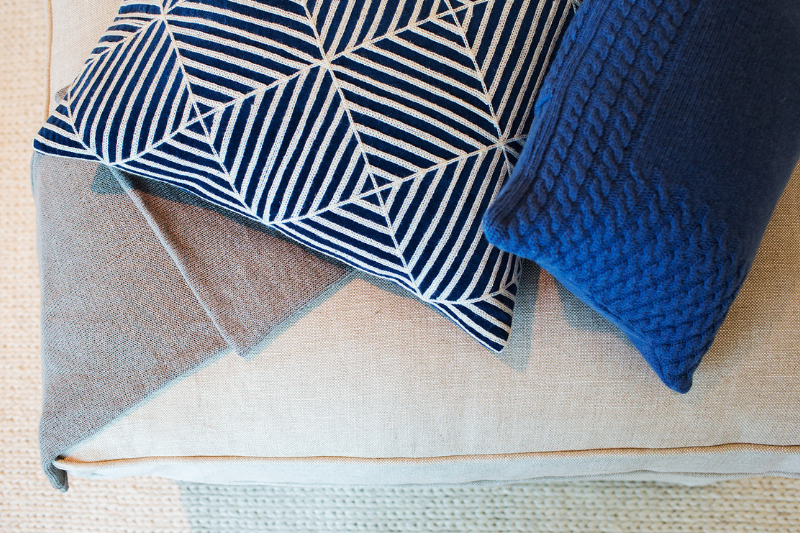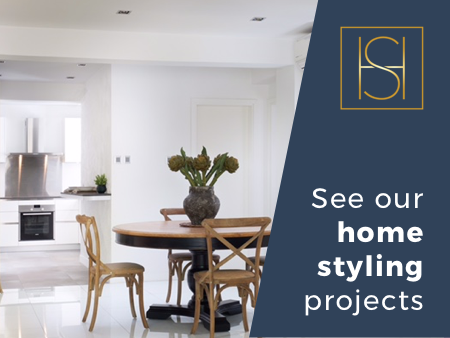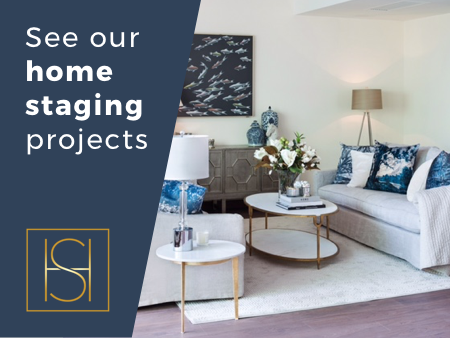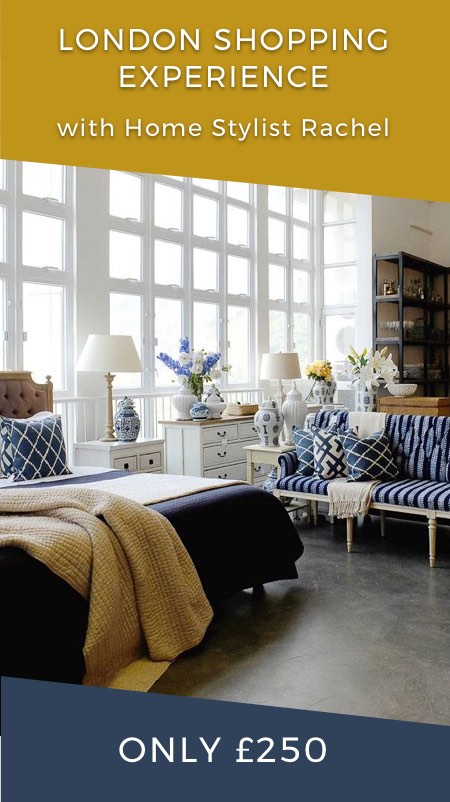Today we are going to talk all about pattern and texture in home styling. More specifically, we want to teach you how to mix patterns and texture to add personality to your home.
Mixing patterns is all about fun details and colour, and mixing textures helps add depth and eye-catching contrasts to a room.
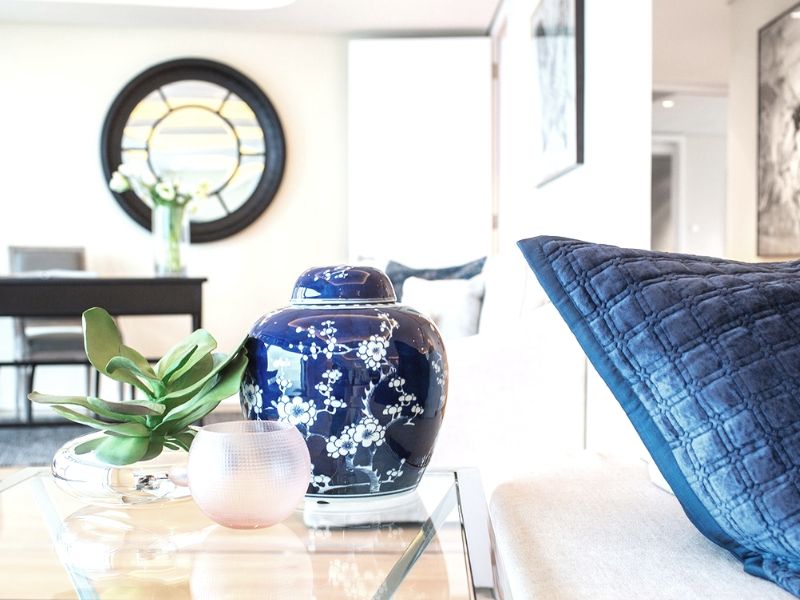
First off, start small
Our clients are often nervous about messing up with patterns and textures. They are scared to do something too ‘different’ and so stick to one colour, one pattern and one texture and end up with a very one-dimensional space.
If mixing patterns and textures is something new to you, start with something small.
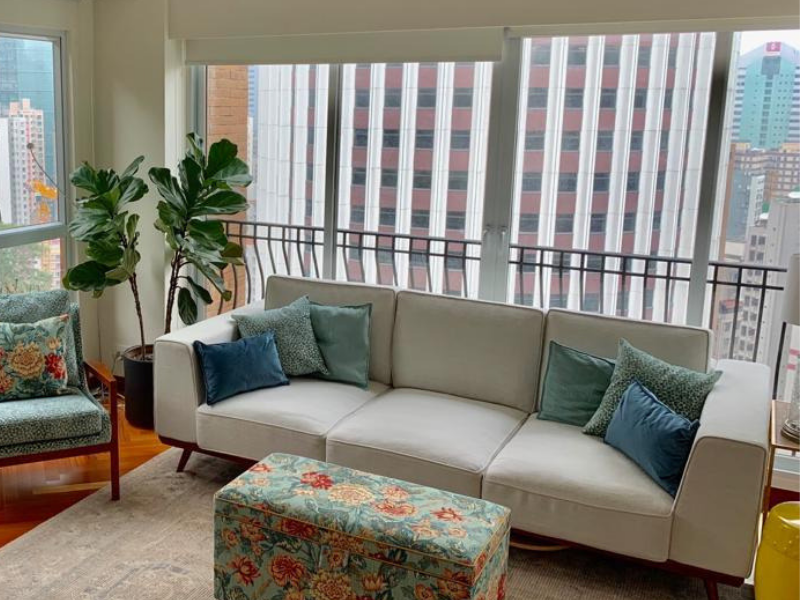
Mix and match a couple of accent cushions on a sofa or a bed, or style a shelf with textured accessories.
For throw cushions, you can either go for mixing patterns, mixing textures or both! And for shelves, don’t forget that 70 full / 30 empty balance that we always talk about!
Size matters
The number 1 rule for mixing patterns is to choose patterns of varying sizes. This may be a delicate floral pattern and a bold leaf print, or thick stripes with a fine hexagonal pattern.

In fact, mixing stripes is a great way to start off with pattern. Stripe patterns can be incredibly flexible if you keep in mind the tone of the fabric.
Another trick with mixing patterns is to keep the same tone of colour in the two patterns. If you’d like to mix the same pattern with different colours, then invert one of the colours.
Tie together with texture
Adding texture into the mix adds depth and a sense of luxury. For example, adding a velvet cushion with the same tone as a patterned cushion will fit together beautifully and make a sofa or bed look warmer and more inviting!
For your bedroom, our handmade Indian silk bed throws are the perfect colour and texture accent to add luxury to your bed.
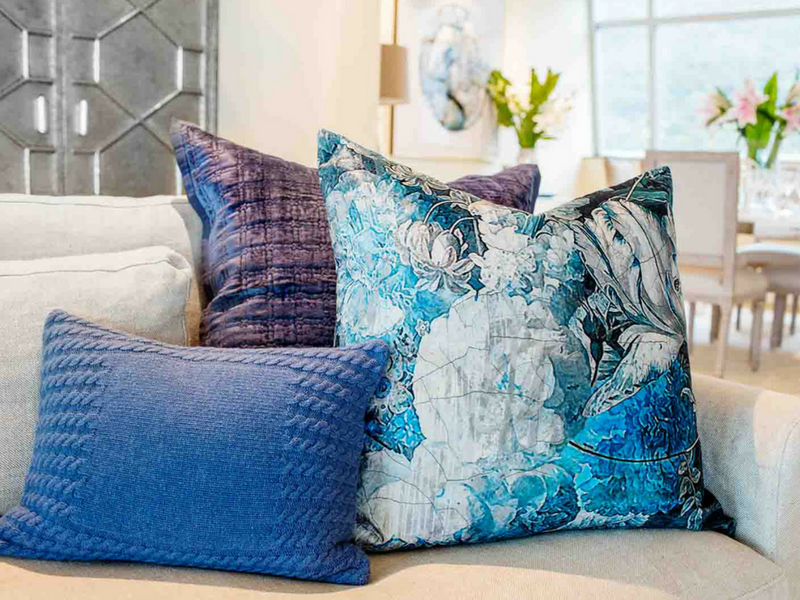
Thinking on a larger scale, you can contrast the textures and patterns of your bigger soft furnishings such as curtains and rugs. Get a textured or patterned rug, add contrasting curtains, blinds or drapes and then tie these together with the patterns and textures in your cushions.
Think of your room in layers.
First, you have your walls, floor and ceiling. Then you have your key pieces of furniture and your curtains or blinds. Then, finally, your decor and memorabilia. Try mixing textures, colours and patterns within each layer and harmonising colours and texture between the layers.
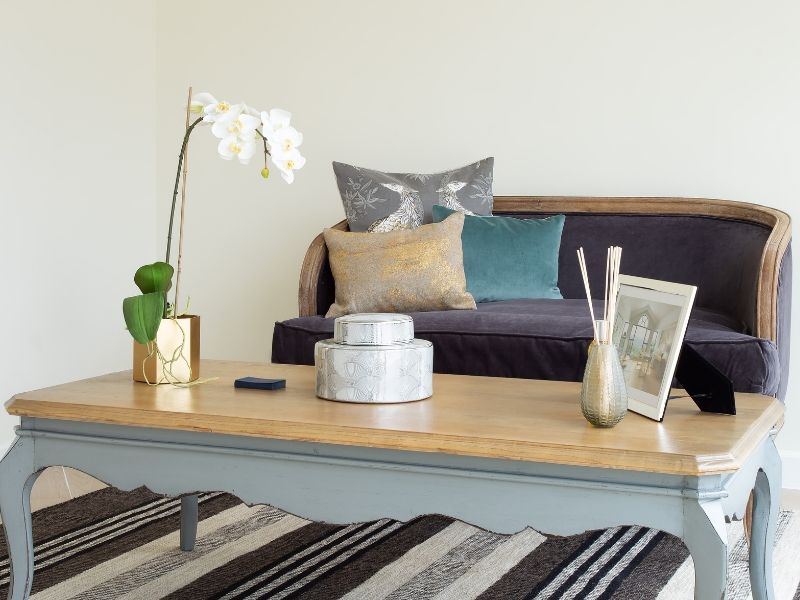
So, if you have wooden floors, you can contrast with light-coloured walls. Add a textured wall hanging that includes a shade to match a bright sofa. Then add in some warm decor in colours that marry with the tone of the wooden floor.
Final touches
When adding those final details, especially the more personal items like picture frames and memorabilia, think texture again. Adding strong metal and glass textures in smaller decor items will create beautifully eye-catching contrasts to your softer items. You can also have fun with more natural materials like wood, coral and plants.
Contrast is key to creating a visually interesting space.
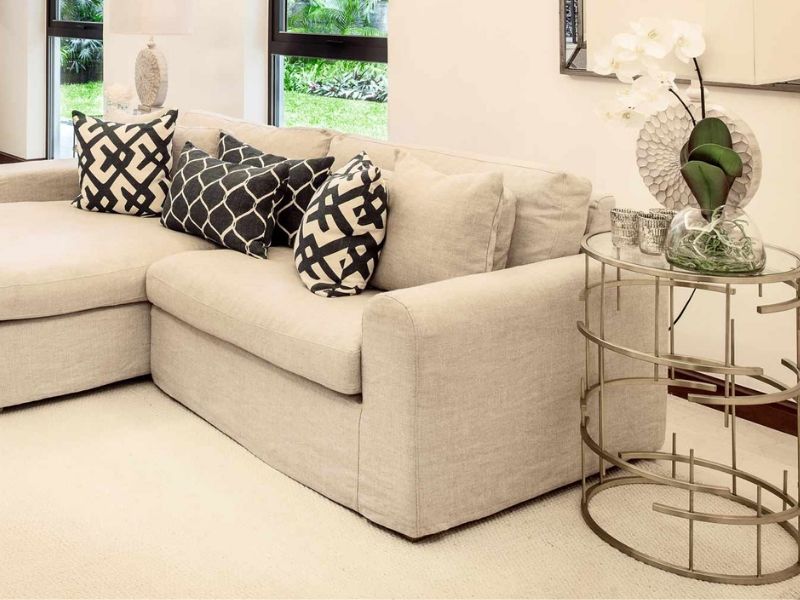
Final tips
Before you buy large pieces, like a sofa, get swatches of the fabric, along with paint samples, etc. and place them all together to see if you feel it’s a natural fit.
When doing this, don’t forget to look at what natural light you have and how the colours and textures look together at different times of the day.
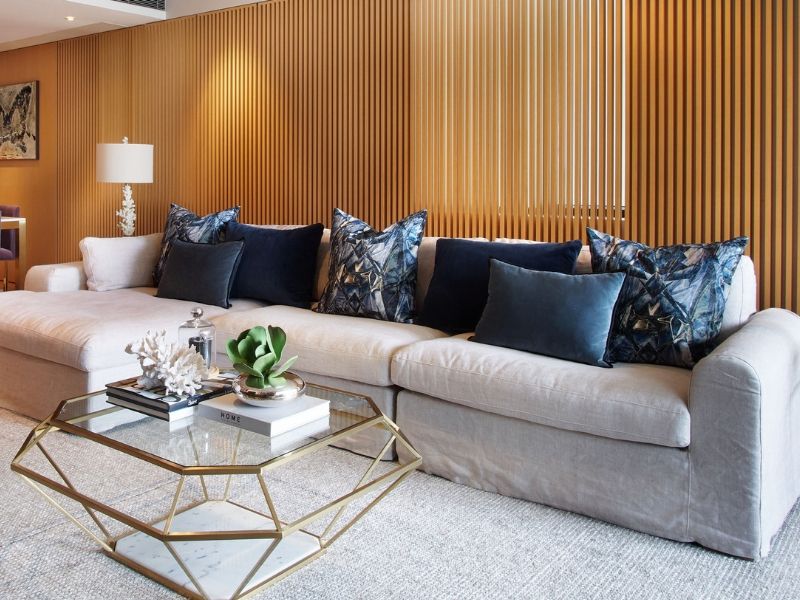
Most of all though, have fun with pattern and texture! Don’t be scared to try something new, you never know how it will look until you see it together in real life.
